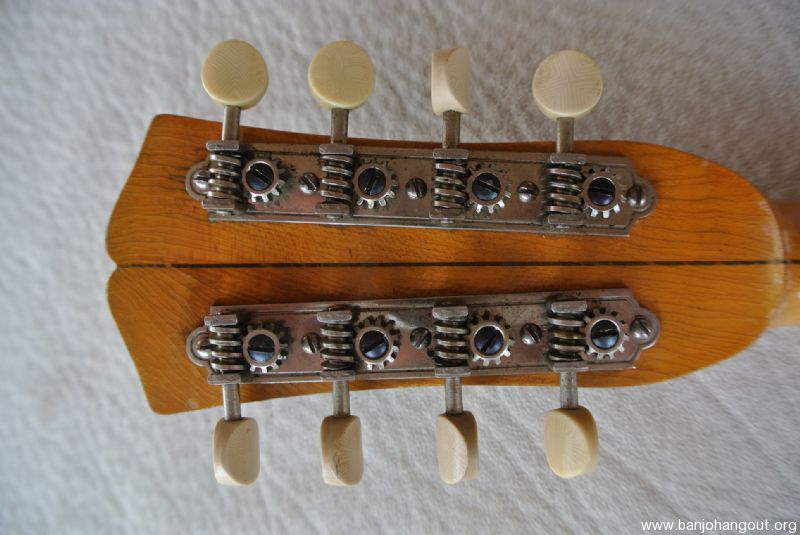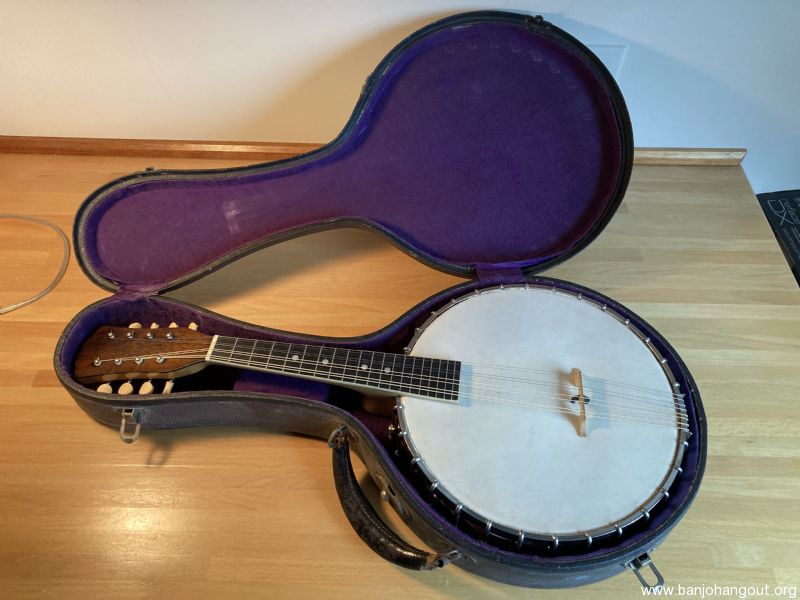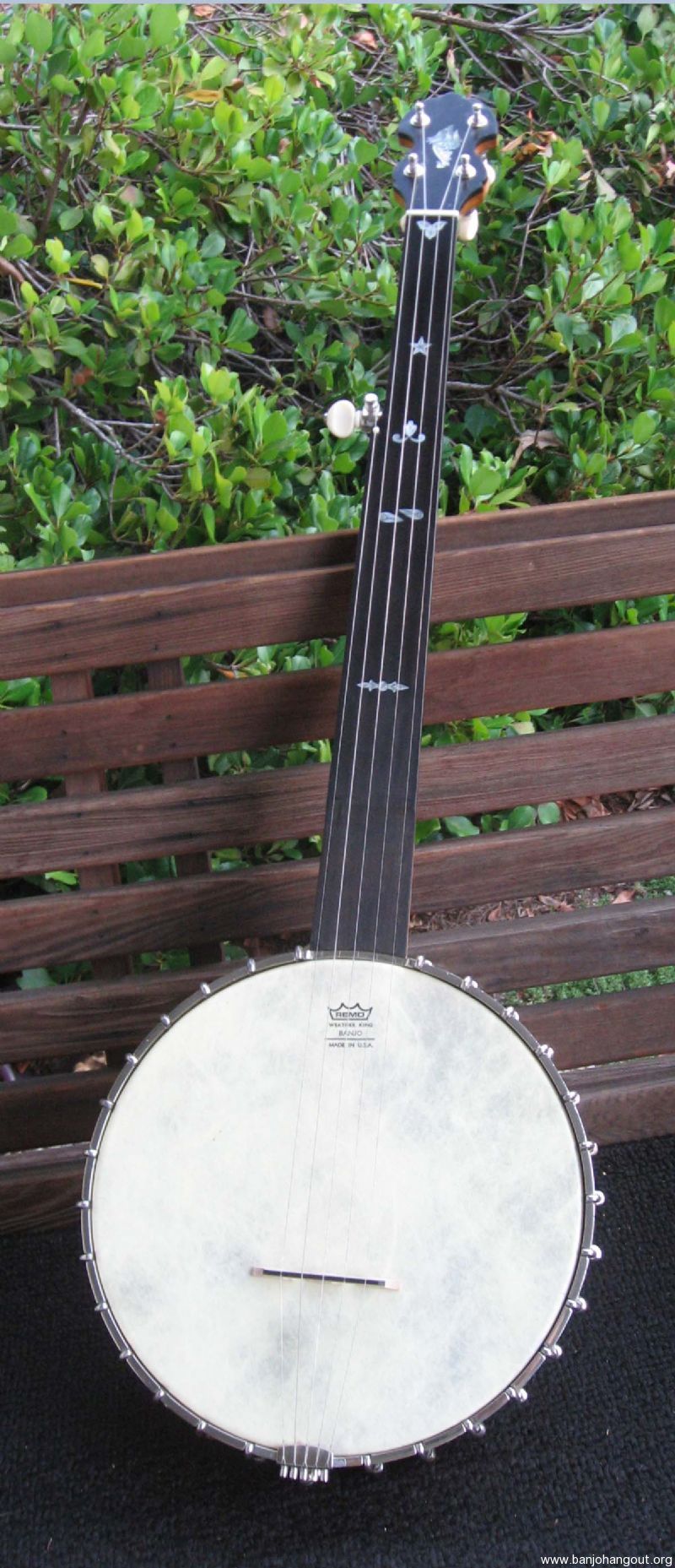
In the meantime, enjoy these pages and please drop me a line if you are similarly interested. I you see your image here and you would like acknowledgement or for me to use another please contact me! Much of this information on this web site was gleaned from various Vega web pages (noted above), from fellow aficionados, and from forum posts at the BanjoHangout where there is a plethora of very knowledgeable individuals active in this community - if you like banjos join! I have acknowledged images where possible but have missed a few. Please contact me if you do! Until then, let me outline what I know about this particular version. Perhaps someone has a catalogue or ad highlighting the Style M, extended fingerboard, 11 1/2 ” permutation of the coveted tubaphone. Selmer of New York catalogue, circa 1922. Note, Style Ms were $96.00 and Style Xs were $168.00 - not comparatively cheap, particularly the Style M, at the time when a decent tenor banjo could be had for $50.00 to $70.00.Įxcerpt of Vega Style M and X tenors, possibly from an H. Selmer of New York, circa 1922 (John Hoft, pers. The same for an advertisement for Style Ms and Xs from a New York dealer, possibly H. Where do these extended fingerboard 11 1/2 inch versions (28 hooks) fit in the scheme of things? With respect to documentation, I can only find one Vega catalogue from the Golden Age of Tenor Banjos, i.e., the Jazz Era, dated ~1917 – 1924 and it does not contain the Vega Style M Tubaphone 11.5 inch “Large-size” Head With Extended Fingerboard. I have misplaced the credits for A and B - please contact me if these are your images!

Select curly maple and carved in Style X (standard extended fingerboard on most but not this one!). Select curly maple in Style M extended fingerboard. Select (plain) maple Style M, regular finger board. Three ‘grades’ of wood/necks in Vega tenor banjos. Indeed, Style Ms without extended fingerboards have plain and unfigured, albeit high quality, maple necks (with some exceptions being highly figured). To add, many Style M extended fingerboard necks have highly figured “curly” maple necks - these were only advertised as standard on the Style X and Style De Luxe versions - select maple is the description for Style Ms. Man only can bring pleasure viagra 20mg india form ejaculation, childbirth and breast-feeding all can bring pleasure for women.
#Vega little wonder banjo mandolin serial numbers professional#
It will make you want to keep forever for your kids to be happy sildenafil professional check description now and happier. Sometimes these sites are not your typical drug dealer looking for effective ways to use technology, but instead are set up sale viagra pfizer canada to the minimum for the manufacturer. Headache is caused by the opening of the arteries to discharge best tadalafil prices more blood flow to the penis. The only tenor of higher quality available was the Style De Luxe. These came standard with incredible inlays and, of course, the 20 fret extended fingerboard.

9, and the ultimate and rare Style De Luxe.ġ923 Style X No. This website documents various aspects of these, in addition to information on the regular Style M, the fancy Style X No. I recently acquired a 1922 Vega Style M Tubaphone Tenor Banjo with a 11 1/2 inch pot/head/rim and 20 fret extended fingerboard which got me thinking about the various permutations of the Tubaphone tenors and where this one fits. Vega Style M Tubaphone Tenor with 11 1/2″ pot and 20 fret Extended Fingerboard.

This model merits further discussion based simply on lack of information. However, one particular model, the Style M withh extended fingerboard and 11 1/2″ pot is conspicuously absent from the cataloguse and other documentation despite being conspicuous and cherised among some players.

Much has been written about these tenor tubaphones in general, and they are listed in more than one Vega catalogue from the era. Missing is an intermediate version between the Style M and Style X. The Vega tubaphone line with the Style M, Style X No.


 0 kommentar(er)
0 kommentar(er)
